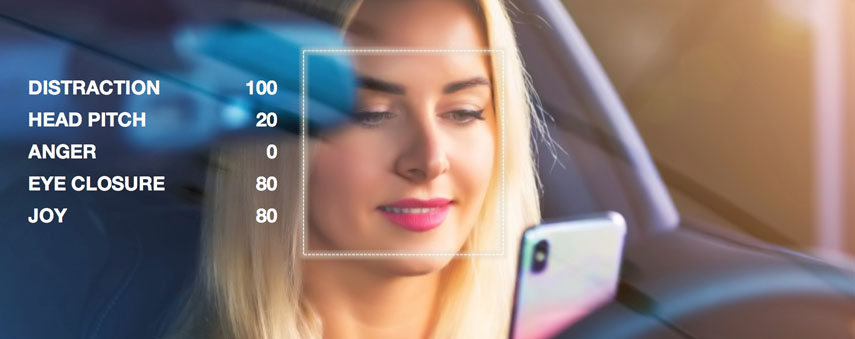EmoNet: new AI can read 11 emotions from your selfie

Credit: DesignNews
EmoNet is an AI developed by researchers from the University of Colorado and Duke University and designed to identify 11 different emotions just from a picture.
Imagine telling your younger self – let’s say 15-20 years ago – that in the future, robots will be able to identify you by your face to unlock a personal, hand-held computer. Sounds like elite-level tech, right? Not only is this widely-accepted technology in 2019, it’s been surpassed by EmoNet.
EmoNet is an AI that can predict not who you are, but how you feel. University of Colorado and Duke University researchers classified 137,482 video frames from 2,187 videos, into 27 distinct emotion categories, including anxiety and sadness. After the training, the researchers validated their results with 25,000 images.
The team asked 18 people to view over 100 images, whilst measuring their brain activity. They showed the same images to EmoNet and compared the rests to train the AI. Whilst the AI struggled to classify confusion and surprise accurately, it was particularly spot on with horror and sexual desire.
Similar facial expressions, such as amusement and joy, were said to be difficult to classify.
How could EmoNet be used?
One of the most obvious and consumer-focused uses for this research could be to apply this AI in a household robot or assistant. IoT devices that could pick up on your emotions would be more likely to provide assistance related to what you require, or even just leave you alone, should your facial expression suggest that’s what you want.
It’s thought, however, that this research could be more valuable in mental health studies. Depression and anxiety sufferers, for example, who are currently dependent on keeping mood diaries could potentially just have to log their facial expression in future and let the AI work out how they’re feeling.
When it comes to measuring emotions, we’re typically still limited only to asking people how they feel. Our work can help move us towards direct measures of emotion-related brain processes.
Tor Wager, Professor of Psychology and Neuroscience at the University of Colorado Boulder
“Moving away from subjective labels such as ‘anxiety’ and ‘depression’ towards brain processes could lead to new targets for therapeutics, treatments, and interventions,” said Philip Kragel, one of the researchers on the study.
There is big potential too for technology that analyses emotion to be used in customer service. If a robot could sense how you’re feeling, it could deliver a more personalised, tactful customer service. By implementing sensors in shops or restaurants, for example, an organisation may be able to gauge the sentiments of its customers and use this data when helping them.
With emotion-reading AI like EmoNet though comes new challenges. The data that can be gleaned from identifying someone’s emotion is sensitive.
The robots are coming: prepare your business in an hour with our AI trends white paper
Wearing your heart on your sleeve is seen as a good attribute in many cultures, however, a robot reading your emotion could be seen as intrusive. It’s essentially one step away from mind-reading. We volunteer most of our data willingly – providing, of course, that we know we’re doing it – but facial expressions are often an unconscious conveyance of feeling.
Intrusion is a difficult enough topic when it comes to data. Some experts believe there just isn’t enough justification to implement tools like EmoNet into the wider world.
What now for emotional recognition?
The Association for Psychological Science conducted a review recently entitled Emotional Expressions Reconsidered: Challenges to Inferring Emotion From Human Facial Movements. Five scientists were asked to assess emotion science and examine the data as to “whether a person’s emotional state be reasonably inferred from that person’s facial movements.”
In two years of data examination, the findings were that emotional recognition is inconclusive. As is often the case for artificial intelligence, scientists on the review felt it didn’t quite factor in the multifaceted nature of human emotion. Facial features are often just one expression of an emotion and an expression – such as frowning – could be used for several emotions.

“When I say to people, ‘Sometimes you shout in anger, sometimes you cry in anger, sometimes you laugh, and sometimes you sit silently and plan the demise of your enemies,’ that convinces them,” Lisa Feldman Barrett, a Professor of Psychology at Northeastern University and one of the review’s five authors, told The Verge. “I say, ‘Listen, what’s the last time someone won an Academy Award for scowling when they’re angry?’ No one considers that great acting.”
This is almost certainly not the endpoint for EmoNet. The technology is still raw and these findings will no doubt improve over time, as AI develops. The challenges of the technology are clear: will they prove to be too great in the development of emotional recognition?
